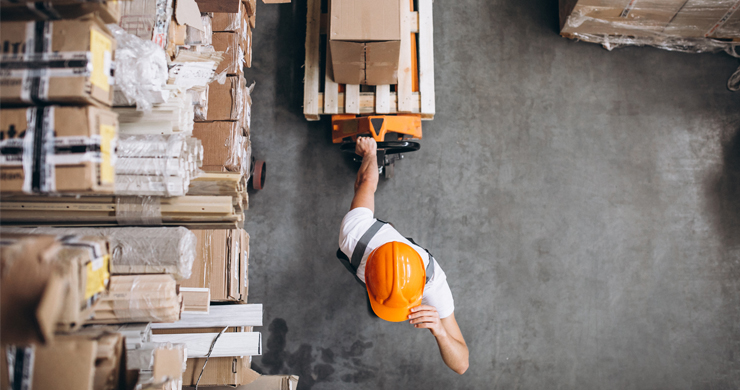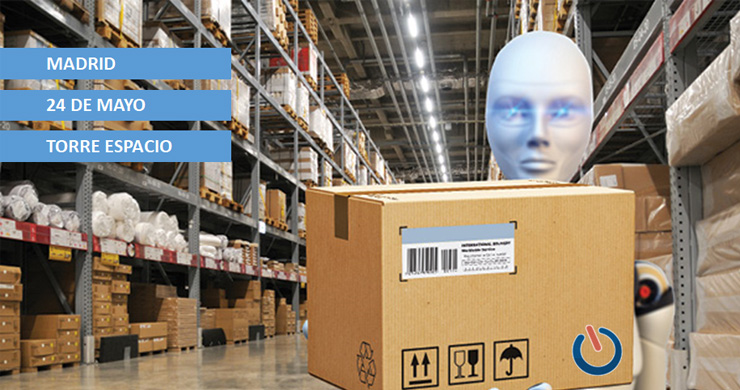Article written by Ana Cabanillas
Head of Purchasing, Logistics, and Warehouses
Did you know that the box you order online travels hundreds of miles thanks to systems that are smarter than many humans? Logistics, that invisible cog that moves the world, is undergoing a real revolution. In recent decades, it has gone from being a manual and repetitive activity to a digital, automated, and predictive ecosystem.
From wheelbarrows and paper… to artificial intelligence
For years, logistics relied on warehouses filled with workers, paperwork, and phone calls to coordinate deliveries. Change began with the advent of barcodes, GPS, and ERP systems. Suddenly, it was possible to track packages, monitor inventory in real time, and automate basic tasks.
But that was only the beginning.
Today, technologies such as artificial intelligence (AI), the Internet of Things (IoT), robotics, and digital traceability are changing the rules of the game.
Warehouses that think for themselves
New warehouse management systems (WMS) are no longer limited to recording products: they decide where to place them, in what order to pick them, and when to notify for stock replenishment. They can even integrate production data to know when to prepare orders or eliminate waste.
In addition, tools such as RPA (robotic process automation) free employees from repetitive administrative tasks: copying data, generating reports, or sending alerts is now done by software.
Connected, traceable, and in the cloud
A growing trend is the migration of these systems to the cloud (SaaS model). This allows companies of any size to access advanced tools without large investments in servers or maintenance.
For example, many current solutions allow:
- Full product traceability, from entry to the end customer.
- Real-time dashboards for making decisions about sales, purchasing, and production.
- Integration with RFID tags, smart scales, or even autonomous transport robots.
The future is already here: AI, blockchain, and drones
There are already warehouses where products are picked up by robotic vehicles, sorted automatically, and prepared for shipment without human intervention. Some systems use AI to predict peaks in demand and adapt transport routes in real time. Others are testing blockchain to ensure transparency at every step of the process.
And yes, drones are also in play: even with legal limitations, they are already being used for express deliveries or in remote areas.
Greater efficiency, fewer errors, and better service
All of this translates into real benefits: faster deliveries, fewer errors, less paper, energy savings, and greater customer satisfaction. Best of all, many of these solutions are designed to be easy to use, without the need for complex technical knowledge.





